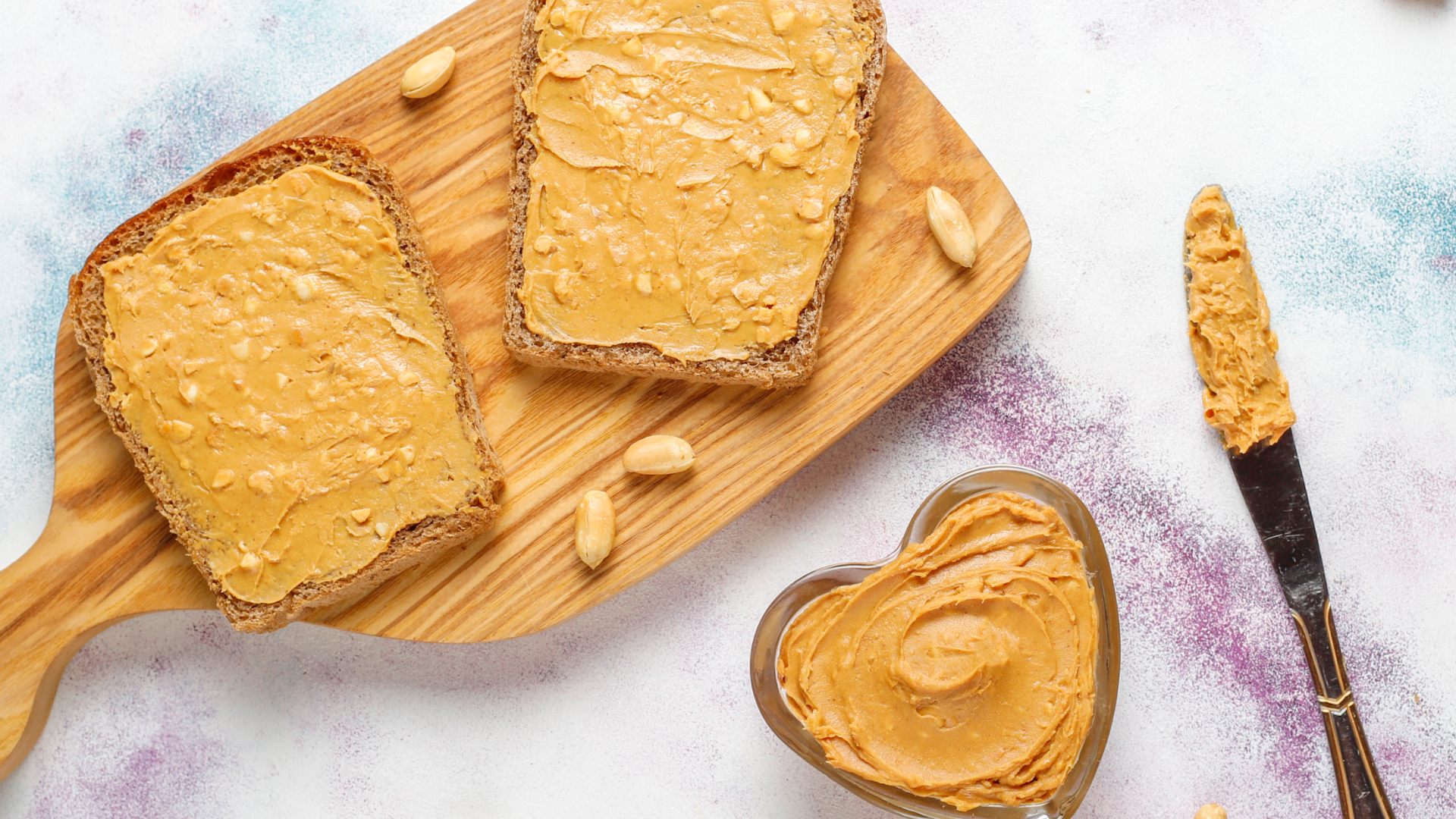
For years, peanut butter was seen as the quintessential accompaniment to mass-produced toast in America. However, it has recently experienced a remarkable resurgence. Nowadays, you can find it prominently displayed on the shelves of health food stores, incorporated into upscale workout meals, and showcased in the social media posts of confident content creators. Peanut butter is no longer outdated; instead, it’s hip, fashionable—and (here’s a twist) possibly beneficial for your well-being. But should you fully adopt it? Here’s what you need to know.
A tasty comeback
A few years back, peanut butter was met with skepticism, akin to an unidentifiable object floating into our diet from overseas. It was considered overly fattening, excessively sugary, and far too reminiscent of quick-service cuisine. However, as time passed, this perception shifted dramatically. Over the span of ten years, its intake surged threefold in France. By 2023, sales had skyrocketed by a remarkable 23%.
What accounts for this success? Simply put, it checks every box for being a fashionable food item: high in protein, plant-derived, dairy-free, and effortlessly integrated into chic dishes. Athletes have embraced it as their go-to resource; it offers exquisite flavors and has garnered endorsements from several nutritional specialists too. This underscores how stubbornly persistent stereotypes can be… yet they do eventually fade away.
A well-calibrated nutritional bomb
Not only does peanut butter offer great flavor, but it also has a remarkable nutritional content. With 25 grams of protein for every 100 grams, it can be particularly appealing to vegetarians, vegans, and fitness enthusiasts looking to increase their protein consumption without depending on sources from animals.
Include fiber, vitamin E (a friend to beautiful skin), magnesium (which helps naturally alleviate stress), and beneficial fats (the kind that support cardiovascular health). This combination creates a nourishing, blood sugar-stabilizing snack ideal for keeping hunger at bay until your next meal.
Please keep in mind: not every peanut butter is alike, notes nutritionist Maeva Zambon in an interview with Le HuffPost The correct action is to check the label. An excellent peanut butter should consist solely of peanuts. Maybe add just a touch of salt. Avoid the processed varieties that include extra sugar, palm oil, or synthetic flavorings. Your body will appreciate this choice.
The shade in the image
Containing approximately 625 calories per 100 grams, this isn’t exactly diet-friendly fare. Nonetheless, it’s far from being your dietary nemesis. The key lies in portion size and how you incorporate it into your meals. A teaspoon or two sprinkled over oatmeal, fresh fruit, or blended into a smoothie can be an ideal way to curb minor cravings. That said, indulging with large spoonfuls directly from the container while binge-watching TV might offer immediate gratification, yet it’s wise to refrain from turning such behavior into a regular practice.
A lesser-known minor issue is that peanut butter contains high levels of omega-6 fatty acids, which are indeed essential but could pose issues when eaten excessively. The reason being these should ideally be balanced with omega-3s (present in foods like flaxseeds, walnuts, and fatty fish). A disproportionate balance might lead to chronic inflammation, increasing the likelihood of various contemporary health concerns such as fatigue, pain, and heart-related conditions.
The answer? There’s no need to eliminate peanut butter; just complement it with other healthy fat sources. Additionally, consider mixing up your spreads—almond or hazelnut butter can be excellent alternatives as well.
How to select it (and grow to love it even more)
While grocery shopping, opt for simplicity with ingredients lists as concise as a tweet. Ideally, choose just 100% peanuts. Whether organic depends on your preferences and financial situation. As for consistency, creamy or crunchy peanut butter comes down to personal preference; crunchier varieties offer additional texture, whereas creamier types mix better in recipes. A helpful hint: steer clear of extremely smooth versions that result from added oils or extensive processing, since these usually have less fiber content.
Lastly, ensure you stay chilled after opening (particularly true for organic variants sans preservatives), and be sure to stir thoroughly if separation occurs (the floating oil is natural!).
Peanut butter is among those food items that deserve exploration beyond common usage. Indeed, it may contain high fat content. However, this should not lead to completely avoiding it. If selected properly and consumed in moderation, peanut butter becomes an excellent addition to both a healthy and satisfying eating plan. Hence, whenever you find yourself uncertain at the grocery shelf, keep in mind: within that small container lie numerous delightful discoveries waiting for you!

Out Of Topic Show Konversi KodeHide Konversi Kode Show EmoticonHide Emoticon